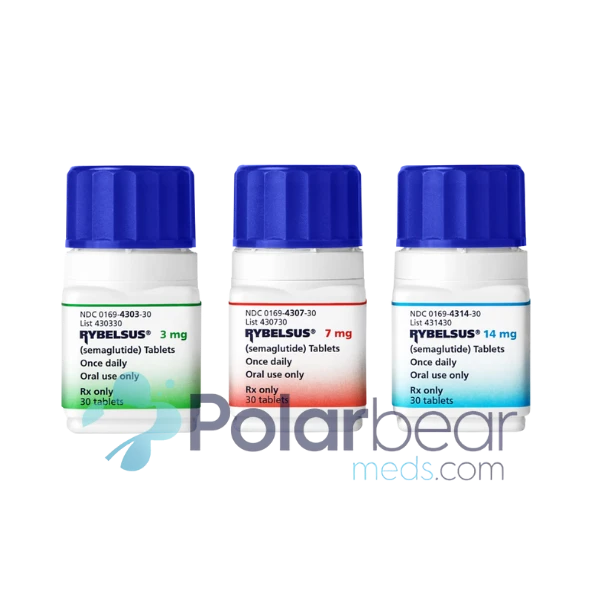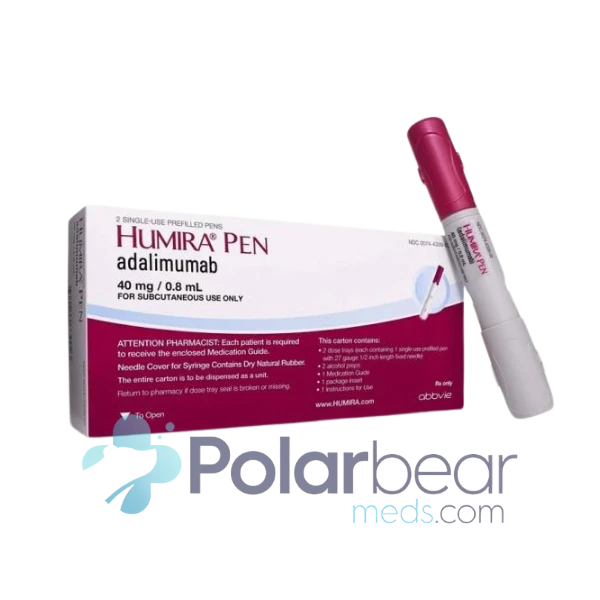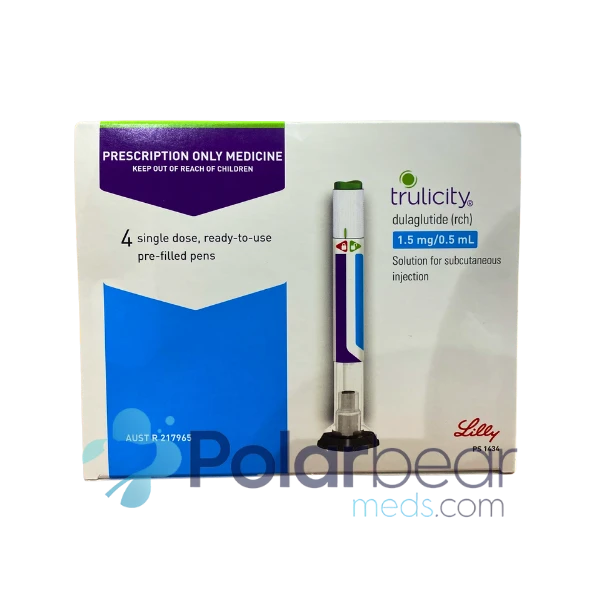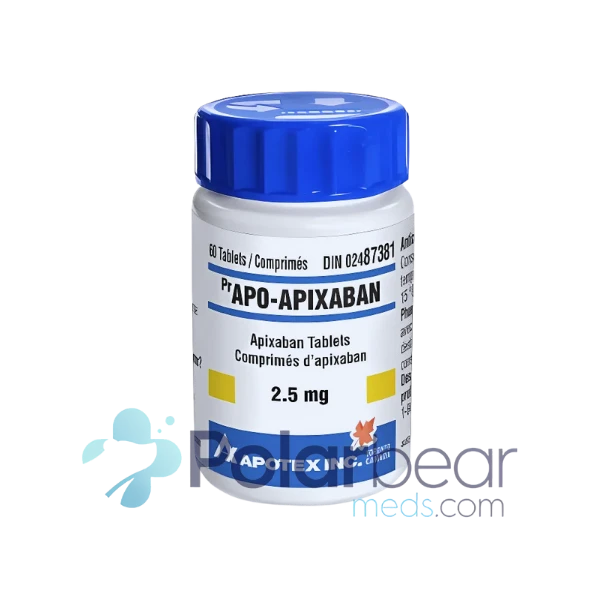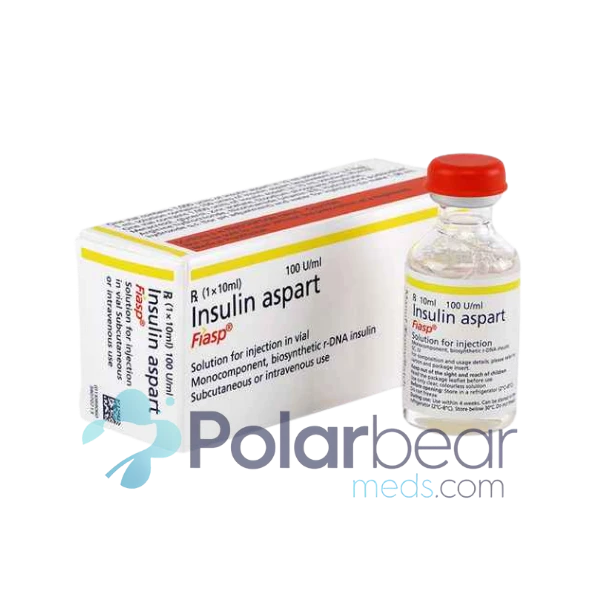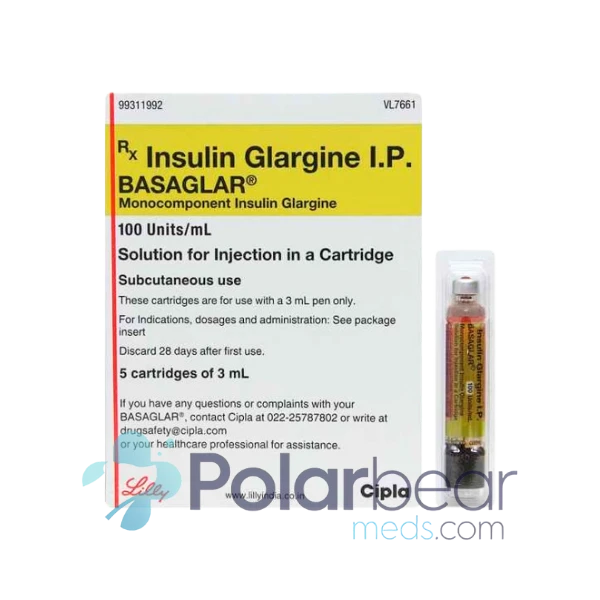
Hyperglycemia and High Blood Sugar: Causes, Symptoms, and Treatments from Medical Experts
HOME | DIABETES EDUCATION |SYMPTOMS OF HYPERGLYCEMIA: CAUSES, DIAGNOSIS AND TREATMENT
Hyperglycemia, or high blood sugar, is a defining characteristic of diabetes mellitus. It occurs when the body lacks enough insulin or cannot effectively use the insulin it produces. This results in elevated blood glucose levels and requires prompt treatment and careful management to avoid short and long-term complications. Being aware of the symptoms of hyperglycemia is critical for people with diabetes in order to obtain timely treatment. This article explores the signs, underlying reasons, potential complications, and treatment options for hyperglycemia along with tips for prevention.
Key Takeaways
- Hyperglycemia refers to higher than normal blood glucose levels that occur in diabetes. It indicates that the body lacks sufficient insulin or cannot use insulin effectively.
- Symptoms include increased thirst, frequent urination, blurry vision, fatigue, unintended weight loss, headaches, and yeast infections.
- Causes include insufficient insulin, illness, inactivity, insulin resistance, and medications. Carb intake out of balance with insulin can also trigger it.
- If left untreated, hyperglycemia can lead to serious acute complications like diabetic ketoacidosis and long term problems including neuropathy, kidney disease and cardiovascular disease.
- Treatment involves insulin or other glucose-lowering medication, activity, carb management, hydration, and frequent blood sugar monitoring.
- You can prevent hyperglycemia by using your insulin properly, following your meal plan, exercising routinely, drinking enough fluids, managing stress, getting regular lab tests and exams, and being vigilant when sick.
- Work closely with your healthcare team to minimize hyperglycemia – let them know if you’re experiencing frequent high blood sugar episodes so your treatment can be adjusted.
- While hyperglycemia presents challenges, being adherent with your treatment regimen offers the best opportunity for avoiding complications and enjoying a high quality of life.
What is Hyperglycemia?
Hyperglycemia refers to abnormally high blood sugar levels. It occurs when the body either does not produce enough insulin or cannot effectively use the insulin it produces. Insulin is a hormone produced by the pancreas that allows cells to use glucose from the bloodstream for energy.
Without enough insulin, glucose builds up in the blood instead of being absorbed by the cells. This results in high blood sugar levels, known as hyperglycemia.
Hyperglycemia is a defining characteristic of diabetes, but it can also affect people without diabetes in certain situations. However, it is most common in people with diabetes – both type 1 and type 2 diabetes.
In people with diabetes, hyperglycemia indicates that blood sugar levels are too high and that immediate action is needed to bring them back into the target range. It can be mild or severe, depending on the underlying cause and other factors.
Symptoms of Hyperglycemia
The symptoms of hyperglycemia develop slowly over several days or weeks. In fact, symptoms may not develop until blood sugar levels are significantly elevated.
Early Symptoms
The early symptoms of hyperglycemia include:
- Increased thirst and dry mouth
- Frequent urination
- Fatigue
- Blurred vision
- Increased appetite and unintended weight loss
- Headaches
As blood glucose levels rise, the kidneys excrete excess sugar in the urine. This leads to increased urination and dehydration, resulting in thirst and dry mouth. Fatigue can occur as sugar builds up in the bloodstream instead of being used for energy by cells.
Headaches, vision changes, and increased hunger with unexplained weight loss can also occur early on.
Later Symptoms
If hyperglycemia persists and blood sugar continues to stay high, it can cause more severe symptoms such as:
- Skin infections
- Slow healing cuts and sores
- Vaginal yeast infections
- Nausea and vomiting
- Stomach pain or discomfort
- Shortness of breath
- Fruity or sweet smelling breath
The body attempts to compensate for high blood sugar in different ways. For example, fat breakdown can occur to provide an alternate energy source, resulting in production of compounds called ketones. Ketones alter the body’s acidity, which can cause symptoms like nausea, shortness of breath, and a fruity odor on the breath.
Symptoms in People with Diabetes
In people with diabetes, the threshold for symptoms is lower. Symptoms of high blood sugar may begin to occur when glucose levels exceed 180 mg/dL.
In addition to the symptoms listed above, people with diabetes can experience:
- Extreme thirst and frequent urination
- Unintended weight loss
- Lack of energy and fatigue
- Blurry vision
- Sores that won’t heal
- More infections than usual
Symptoms tend to become noticeable more quickly the higher blood sugar rises. Feelings of fatigue and malaise may indicate that hyperglycemia is occurring.
Causes of Hyperglycemia
There are several potential causes of hyperglycemia. The most common include:
- Insufficient insulin – Occurs in type 1 diabetes where the body does not produce insulin. It can also occur in advanced type 2 diabetes due to beta cell burnout.
- Insulin resistance – Cells do not respond normally to insulin. This is the primary problem in type 2 diabetes.
- Infection or illness – Stress on the body from sickness can raise blood sugar.
- Medications – Such as steroids, antipsychotics, and diuretics.
- Inadequate glucose management – Not taking enough insulin or diabetes medications, incorrect timing of medication, or too much/not enough carbohydrates for the amount of medication.
- Decreased activity – Lack of physical activity can contribute to insulin resistance and higher blood sugar levels.
- Other factors – These include pregnancy, pancreatitis, Cushing’s disease, and other endocrine disorders.
Complications of Hyperglycemia
If hyperglycemia occurs occasionally, it may not lead to any long-term problems.
However, recurrent episodes of hyperglycemia can cause damage over time, especially if blood sugar levels remain elevated for long periods.
Potential complications include:
Acute Complications
- Diabetic ketoacidosis (DKA) – Mostly occurs in type 1 diabetes. It develops when there is not enough insulin to allow glucose into cells for energy. To compensate, the body breaks down fat for fuel, producing toxic acids called ketones. This condition can become life-threatening if left untreated.
- Hyperglycemic hyperosmolar nonketotic syndrome (HHNS) – Most often occurs in type 2 diabetes. Extremely high blood sugar leads to profound dehydration and electrolyte imbalances, causing a change in mental status. This condition can lead to seizures, coma, or death if not treated quickly.
Hyperglycaemic hyperosmolar non-ketotic syndrome (HHNS) is a life-threatening complication of uncontrolled diabetes mellitus. This syndrome is characterised by severe hyperglycaemia, a marked increase in serum osmolality, and clinical evidence of dehydration without significant accumulation of ketoacids.
https://pubmed.ncbi.nlm.nih.gov/2680438/#:
- Hypoglycemia – The treatment of hyperglycemia, especially with insulin or oral medications, can sometimes lower blood sugar too far leading to low blood sugar (hypoglycemia). This can happen if too much medication is given relative to food intake or activity.
Chronic Complications
The following problems can develop over time from consistently elevated blood glucose levels:
- Cardiovascular disease – Hyperglycemia contributes to atherosclerosis, increased risk of heart attack and stroke.
- Nerve damage – Called diabetic neuropathy, high blood sugar injures the walls of the capillaries that nourish the nerves, especially in the legs and feet. This can cause numbness, tingling, pain, and increased risk of skin damage and foot infections.
- Kidney damage – Hyperglycemia causes changes in the kidneys’ ability to filter waste. This can lead to chronic kidney disease and even kidney failure.
- Eye damage – Hyperglycemia stresses sensitive blood vessels in the retina of the eyes, resulting in diabetic retinopathy, which can cause blindness.
- Skin conditions – Bacterial and fungal infections can occur more frequently due to high blood sugar levels.
Control of hyperglycemia is critical for preventing or delaying the onset of complications in people with diabetes.
When to Seek Emergency Care
In diabetes, severely elevated blood sugar levels can lead to diabetic ketoacidosis (DKA) which is a medical emergency.
You should seek emergency care if you have hyperglycemia along with:
- Shortness of breath
- Nausea and vomiting
- Very dry mouth
- Sweet, fruity breath
- Stomach pain
- Confusion
- Unusual fatigue or sleepiness
- Depressed level of consciousness
These could be signs of DKA, which needs immediate treatment. Call 911 or go to the nearest emergency room right away if you experience these symptoms.
Diagnosing Hyperglycemia
Hyperglycemia is diagnosed through simple blood glucose checks. There are a few different tests that can be used:
- Fasting blood glucose – This measures blood sugar after not eating or drinking anything except water for at least 8 hours. Fasting blood sugar between 100-125 mg/dL signals prediabetes, while 126 mg/dL or higher indicates diabetes.
- Random blood glucose – This test can be done anytime regardless of when you last ate. Levels of 200 mg/dL or higher suggest diabetes when paired with symptoms of hyperglycemia.
- Oral glucose tolerance test (OGTT) – For this test, you will drink a sugary solution after an overnight fast. Blood sugar levels will be checked periodically for a few hours. Higher than normal results indicate diabetes.
- A1C – This blood test provides an average blood sugar reading over the past 2-3 months. An A1C of 6.5% or greater indicates diabetes.
- Urine ketones – When blood glucose is very high in diabetes, the body breaks down fat for fuel leading to ketones in the urine. This simple urine dipstick test helps diagnose diabetic ketoacidosis.
Blood glucose monitoring at home allows people with diabetes to routinely check their own blood sugar. This helps detect hyperglycemia early.
Treating Hyperglycemia
Treatment of hyperglycemia focuses on lowering blood glucose back to normal levels and preventing future episodes. It typically involves:
- Taking insulin or other medications – Insulin therapy is the mainstay of treatment for hyperglycemia in type 1 diabetes and sometimes later stage type 2 diabetes. Other glucose-lowering medications like metformin can also be used to manage hyperglycemia.
- Increasing physical activity – Exercise can help lower blood glucose levels by making cells more sensitive to insulin. However, insulin and carbohydrate intake must be balanced with activity.
- Carbohydrate management – Planning meals and counting carbs is important for balancing food with medication. A diabetes educator can provide nutrition education.
- Staying hydrated – Dehydration raises blood sugar, so drinking plenty of water helps treat hyperglycemia.
- Glucose monitoring – Checking blood sugar frequently helps guide treatment decisions by your care team. A continuous glucose monitor provides helpful trend data.
- Stress management – Stress directly impacts blood sugar levels. Lowering stress through techniques like meditation can improve glucose control.
For mild hyperglycemia, these measures are often sufficient to bring blood glucose back into range. Severe hyperglycemia with DKA requires hospitalization for IV hydration, insulin, and electrolyte management.
Preventing Hyperglycemia
While episodes of high blood sugar may sometimes be unavoidable, you can take actions to prevent hyperglycemia from occurring or minimize its frequency and severity:
- Monitor blood glucose levels routinely
- Take diabetes medications as prescribed
- Maintain a balanced, low-carb diet
- Engage in regular physical activity
- Drink plenty of water
- Learn how to adjust insulin for food intake and exercise
- Identify and manage stress
- Get adequate, quality sleep
- Avoid excessive alcohol intake
- Seek care when ill
- Manage concurrent conditions such as high blood pressure
- Keep up with medical exams and testing
- Communicate openly with your healthcare team
By diligently managing these different aspects of diabetes care, you or your loved one can reduce the risk of hyperglycemia and enjoy a better quality of life.
When to Contact Your Healthcare Provider
Let your doctor know if:
- You experience frequent episodes of hyperglycemia
- Blood sugar levels are often above your target range
- Symptoms of hyperglycemia develop
- You have an illness or infection
- New medications are prescribed
- You require increased doses of insulin or other medications
- You suffer from frequent hypoglycemia after treating hyperglycemia
Ongoing communication with your diabetes care team is key to preventing and managing hyperglycemia. Your providers can make medication and lifestyle adjustments to help you maintain blood glucose control.
Be sure to seek prompt medical care if you develop any of the symptoms of diabetic ketoacidosis as this constitutes a medical emergency.
Outlook for Hyperglycemia
The outlook for hyperglycemia depends greatly on the underlying cause and how well it is managed.
For people with type 1 diabetes, working closely with your medical team offers the best chance for minimizing both short-term and long-term complications from hyperglycemia. Advances in glucose monitoring technology and insulin delivery systems provide more flexibility in maintaining optimal blood sugar.
In type 2 diabetes, managing blood sugar levels through lifestyle modifications and glucose-lowering medications can help restore control of hyperglycemia and lessen the risk of complications.
Acute episodes of severe hyperglycemia can typically be resolved provided you seek prompt medical attention. This prevents progression to diabetic ketoacidosis or hyperosmolar hyperglycemic states.
Consistently maintaining hemoglobin A1c levels of less than 7% greatly reduces the risk of developing the chronic complications of hyperglycemia like nerve, kidney, and eye disease.
While living with diabetes presents challenges, being adherent to your treatment regimen provides the best chance for an excellent outcome. Your healthcare team is there to help adjust your plan as needed in order to prevent hyperglycemia and reduce the chances of short and long-term complications.
Xiidra, containing Lifitegrast 5%, is an eye drop specifically designed to treat dry eye disease in adults aged 17 and older.
Frequently Asked Questions
What are the symptoms of hyperglycemia?
Common symptoms include increased thirst, frequent urination, blurred vision, fatigue, unintentional weight loss, dry mouth, headaches, and yeast infections.
What typically causes hyperglycemia?
The most common causes are not having enough insulin, illness, insulin resistance, inactivity, and some medications. Eating too many carbs for the amount of insulin can also trigger it.
How do you treat hyperglycemia?
Treatment involves taking insulin or other glucose-lowering medication, drinking plenty of water, managing carb intake, getting regular activity, and checking blood sugar frequently.
When should someone seek emergency medical care for hyperglycemia?
Seek emergency care if you have very high blood sugar along with shortness of breath, vomiting, confusion, or other signs that could indicate diabetic ketoacidosis. This is a medical emergency.
How can you help prevent hyperglycemia episodes?
Prevention includes monitoring blood sugar routinely, taking medications as prescribed, following your meal plan, staying active, managing stress, drinking enough fluids, and communicating regularly with your healthcare team.
The Bottom Line
Hyperglycemia is a defining feature of diabetes that needs to be managed diligently to prevent both acute and chronic complications. Work closely with your doctor, follow your treatment plan, and routinely monitor blood glucose levels. Seek help promptly both for extremely high blood sugar and for signs of ketoacidosis. With proper care and persistence, you can effectively minimize hyperglycemia episodes and reduce their impact on your health.
Choose your platform, share this story!
Facebook Twitter LinkedIn Pinterest





